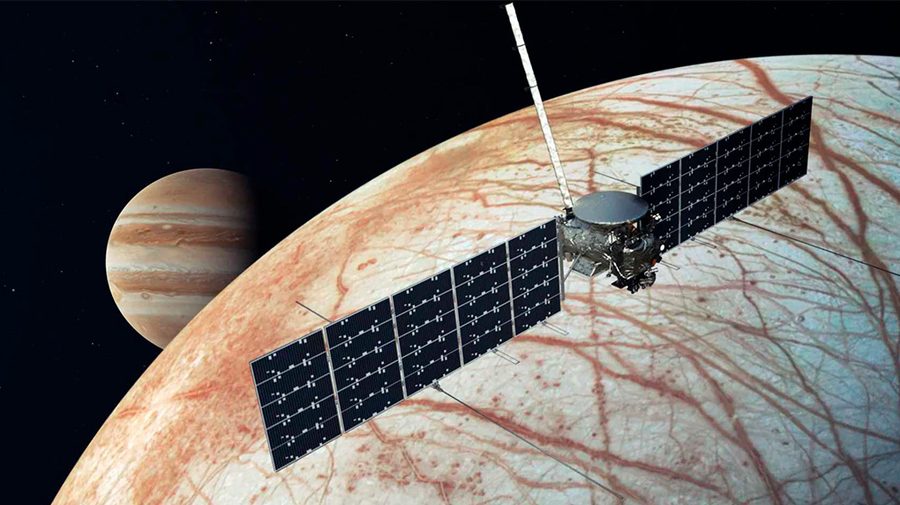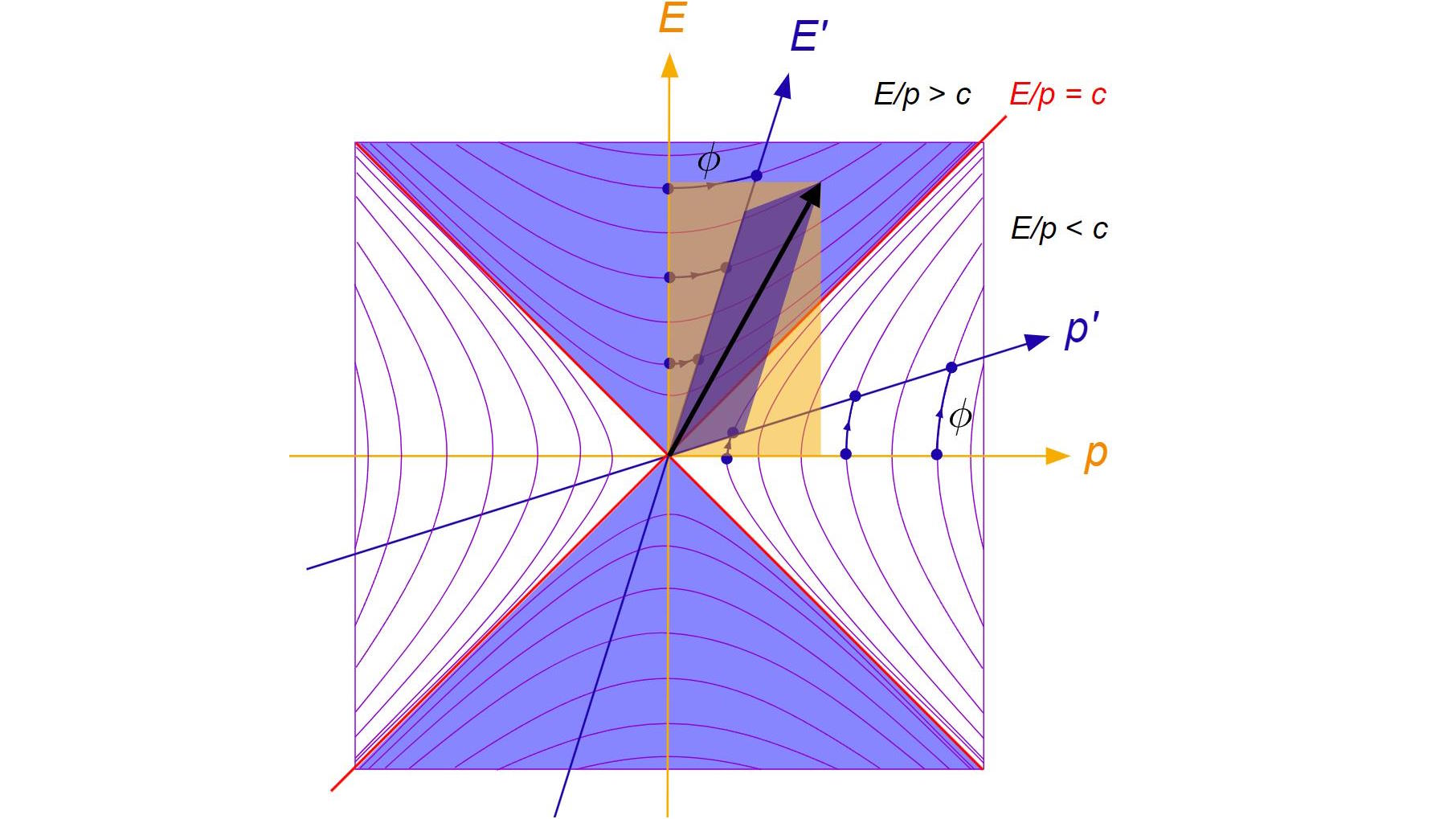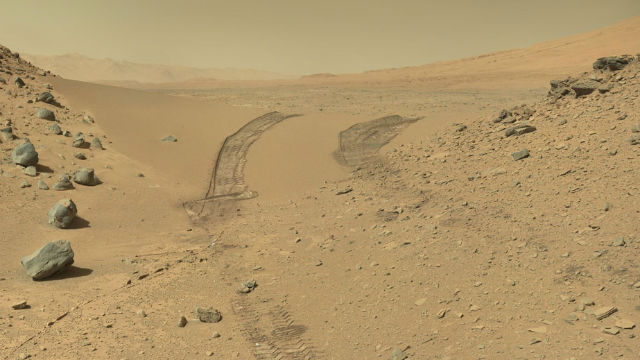Paper Folding to the Moon
How many times would you have to fold a piece of paper in half for it to reach the Moon?
“Only on paper has humanity yet achieved glory, beauty, truth, knowledge, virtue, and abiding love.” -George Bernard Shaw
I bet you think you’re pretty good at estimating things, don’t you? Most of us do, after all, from the number of piano tuners in a big city like Chicago to the number of gumballs in a container like the one below.

But how good are you really at estimation? A problem was first posed to me by a fellow professor when I was at Lewis & Clark college, and I think it’s a wonderful exercise to share with students, teachers, and the curious among us of all ages. Chances are, whether you’re at home, at work or in a classroom, the one thing everyone has access to is a piece of paper.
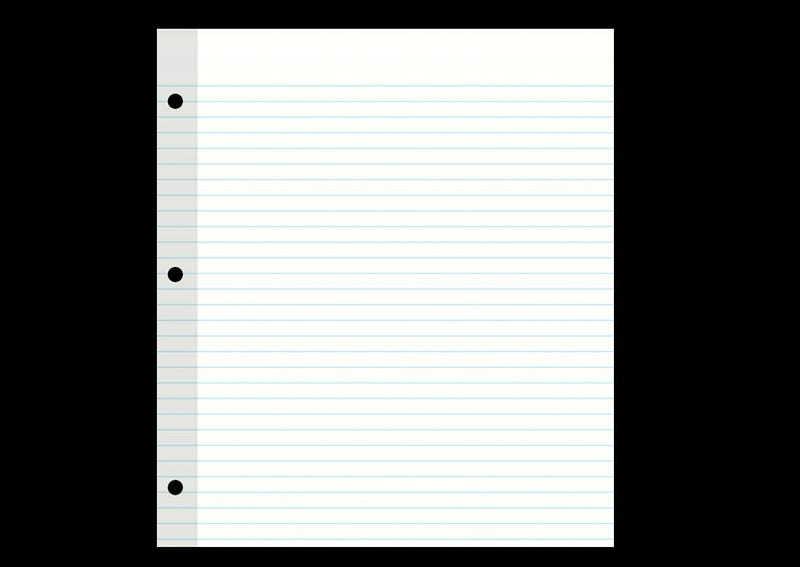
If you folded this piece of paper in half, it would now be twice as thick as it was before.
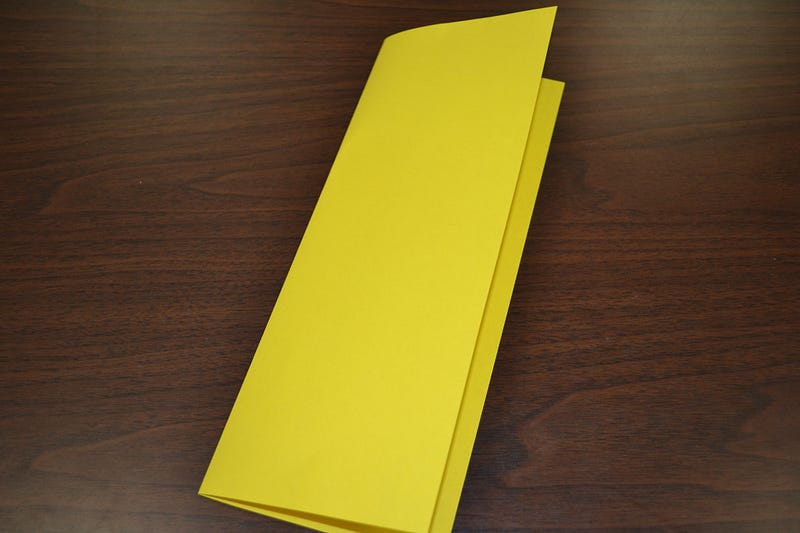
So my question is this: how many times would you have to fold this paper onto itself to reach the Moon?
How many times would you expect? Would it be just a few? In the hundreds? The thousands? The millions? The Moon is hundreds of thousands of miles/kilometers away, after all.

You can take a poll if you want to guess, but let’s take a look at how we’d figure it out together. No fancy calculations, no measuring anything, just estimation!
I may not know how thick one piece of paper is, but I know it’s pretty thin. I can, however, estimate how big those 500 page reams are. You know what I’m talking about: these guys.

They’re about 2 inches high, which is maybe about 5 centimeters. If that’s a 500 page ream we’re talking about, that means each individual page is about 0.01 cm high.
And, more precisely, what of the Moon?

The mean distance to the Moon from the Earth is about 384,000 km, or — if we remember a page is 0.01 cm thick — about 3.84 x 10^12 pages away.
So you’d expect that you’ll need an awful lot of foldings to get there, wouldn’t you?
Don’t be so hasty! When I start with an unfolded page (zero foldings), it’s one page thick. When I fold a page once, it will be two sheets thick. But — and this is key — when I fold it a second time on itself, it’s not three, but four sheets thick.
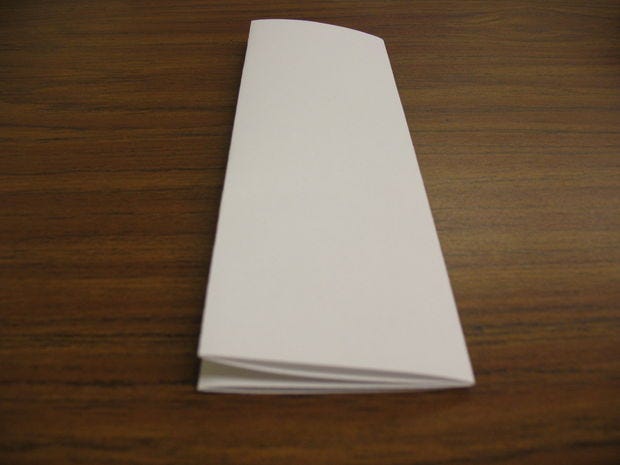
If I fold it a third time, I’ll see that it’s 8 sheets thick. Can you see a pattern here? Paper folding is exponential, so that if I fold it a fourth time, it’ll be 16 pages thick, a fifth time will give me 32 pages thick, a sixth will be 64, and so on.

Practically, with a standard-sized sheet of paper, you’ll start running into some difficulties at around this point, but we can imagine an arbitrarily large piece of paper, one that we have no trouble folding as many times as we like.
By time I’d get to 9 foldings, my folded paper would be thicker than my original ream of 500 sheets. By time I’d get to 20 foldings, my folded paper is more than 10 kilometers high, which surpasses Mt. Everest. If you keep going, you’ll be in outer space after 24 foldings, you could catch the Hubble Space telescope after 28, and after 41 foldings, you’d finally be closer to the Moon than the Earth. So that means that 42 foldings is what it takes!
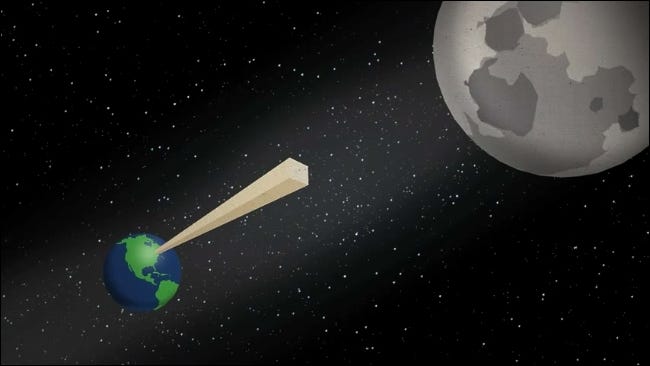
The practical world record, for those of you wondering, goes to this group of students, who — with a 13,000 foot-long roll of toilet paper — manage to achieve a whopping 13 folds!
Pretty incredible, isn’t it? “Only” 29 more folds to make it to the Moon, but practically, that means you’d need a roll of paper many billions of times as long, which — as you might expect — is much longer than the Earth-Moon distance.
But, still, 42 folds is a pretty small number! Are you surprised? Well, that’s the power of an exponential, that it lets you turn small things into huge things by simply compounding what you have over and over again. And incredibly, it only takes 42 foldings of a paper to get from the Earth to the Moon, and only about 94 foldings of a paper to make something the size of the entire visible Universe. And now you know how many times you’d have to fold a piece of paper to reach the Moon!
An earlier version of this post originally appeared on the old Starts With A Bang blog at Scienceblogs.
